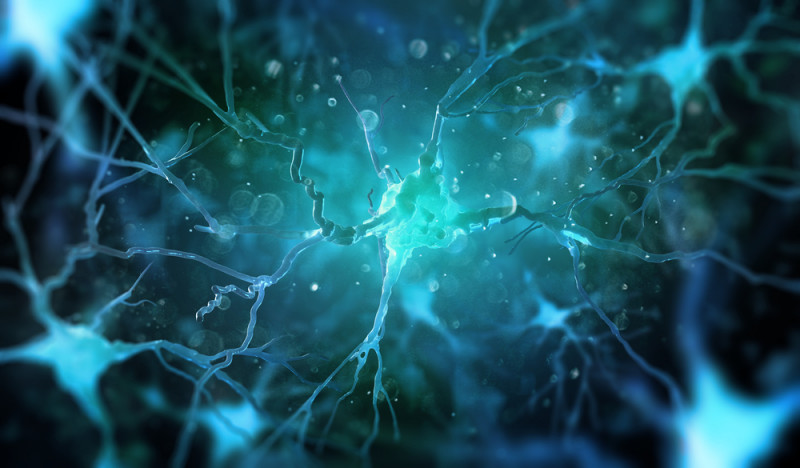Defects in Cholesterol Metabolism, Due to TDP-43 Protein, Tied to ALS

Andrii Vodolazhskyi/Shutterstock
Defects in cholesterol metabolism may account for some of the neurological damage that occurs in amyotrophic lateral sclerosis (ALS) and other diseases marked by problems with the protein TDP-43, a study reported.
As cholesterol is crucial to nerve cells, these results suggest that restoring its metabolism may be a useful treatment approach.
The study, “TDP-43 mediates SREBF2-regulated gene expression required for oligodendrocyte myelination,” was published in the Journal of Cell Biology.
Cholesterol is a fatty substance that is critical for many aspects of health. Of particular relevance, cholesterol is a major component used to make the myelin sheath, a coating that wraps around neurons (nerve cells) and helps them to send electrical signals more effectively, a bit like rubber insulation around a metal wire. In ALS and other diseases, damage to the myelin sheath causes neurological problems.
Cholesterol is such a critical component of myelin that the central nervous system (the brain and spinal cord) — which accounts for about 2% of total body weight — contain about 25% of the body’s cholesterol, most of it in myelin.
In almost all cases of ALS, the protein TDP-43 forms abnormal clumps within neurons, affecting the protein’s function and believed to contribute to the nerve cell death that occurs in the disease. “TDP-43 aggregations are the defining pathological hallmark found in most ALS patients,” the study noted.
Mutations in the gene that encodes TDP-43 (the TARDBP gene) are also associated with some forms of ALS, and are characteristic of certain other disorders. For example, they occur in roughly half of people with frontotemporal dementia (FTD).
A team led by researchers in Singapore conducted cell and mouse experiments to explore how TDP-43 protein abnormalities affect oligodendrocytes, which are the cells in the nervous system that make myelin.
“We found that mice with oligodendrocytes lacking TDP-43 develop progressive neurological phenotypes [characteristics] leading to early lethality. These phenotypes were accompanied by the death of oligodendrocytes and progressive loss of myelin,” Shuo-Chien Ling, a study co-author with the National University of Singapore, said in a press release.
A lack of TDP-43 was found to lead to distinct changes in the oligodendrocytes’ gene expression — that is, the extent that different genes are “turned on” or “turned off.” In particular, many genes related to cholesterol metabolism were affected, such as the genes that code for the cholesterol-regulating proteins SREBF2 and LDLR.
Oligodendrocytes get the cholesterol that they use to make myelin from one of two places: either they synthesize it themselves, or they import it from outside. The researchers demonstrated that oligodendrocytes lacking TDP-43 experienced impairments in both processes.
“Our results indicate that simultaneous disruption of cholesterol synthesis and uptake is likely one of the causes of the demyelination phenotype observed in mice with TDP-43–deficient oligodendrocytes,” Ling said.
In cell models, extra cholesterol given to TDP-43-deficient oligodendrocytes allowed them to make myelin more effectively. The researchers also reported finding a reduced expression of genes related to cholesterol metabolism in post-mortem tissue from FTD patients.
Collectively, the results “suggest that defects in cholesterol metabolism may contribute to ALS and FTD, as well as other neurodegenerative diseases characterized by TDP-43 aggregates,” Ling said.
Treatment approaches targeting cholesterol metabolism “may be adapted for TDP-43–mediated disease models for potential therapeutic interventions,” the researchers noted.







